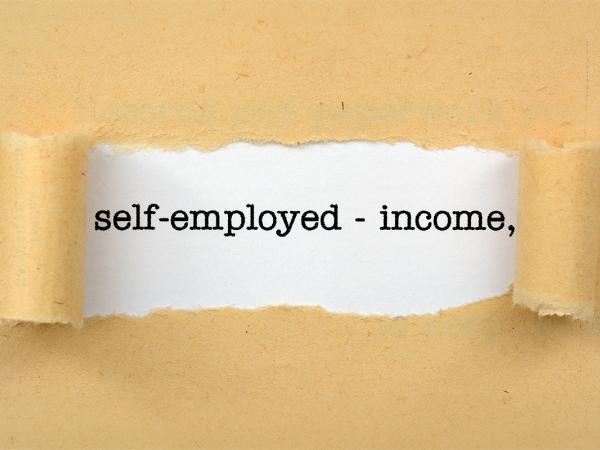Losses
Under universal credit rules, if you make a loss from your self-employment in one assessment period, you may be able to carry forward that loss to set-off against profit in a future assessment period.

Content on this page:
Overview
The way earned income from self-employment is worked out for universal credit is different to tax and to tax credits. Universal credit works on a general rule of considering income and expenses in each monthly assessment period. In some of those assessment periods, it is recognised that there may be a loss.
If you make a loss, your earned income from self-employment for that assessment period will be nil, not a minus figure.
However, the loss will be carried forward so it can be used to reduce the amount of your profit in a later assessment period if certain conditions are met.
We understand that DWP normally calculate and carry forward losses automatically, you do not need to work out the carried forward figures.
Calculating the amount of a loss
There are 5 steps to follow when calculating self-employed income for universal credit purposes. Only losses created at Step 3 can be carried forward to future assessment periods. This means you take your receipts and deduct any expenses as well as any tax and national insurance paid in that assessment period. Any loss created by those deductions can be carried forward.
Certain pension contributions made by you in an assessment period can be deducted from your self-employment profit, but you cannot deduct pension contributions to create a loss or make a loss bigger. This is because pension contributions are deducted at Step 4 of the calculation.
Carrying forward losses
There is no time limit on carrying forward the losses (subject to some rules about breaks between claims).
You do not have a choice about when to use losses. Any unused losses are automatically used if you have a profit remaining after deduction expenses, tax, national insurance and pension contributions from your self-employed receipts in an assessment period.
Losses are deducted starting with the oldest first. They can reduce your profit down to nil (if you have enough carried forward losses).
If your universal credit award ends, any outstanding unused losses will normally be lost. However, the rules do allow losses to be carried forward, and potentially accrue new losses, if you claim and are awarded universal credit again within 6 months.
Minimum income floor
If any carried forward losses are used to reduce profit in a later assessment period, it could mean that the minimum income floor will apply to your claim. This could happen where your earnings are reduced to nil or are below your individual threshold/minimum income floor level. There is more information about this in our minimum income floor section.



